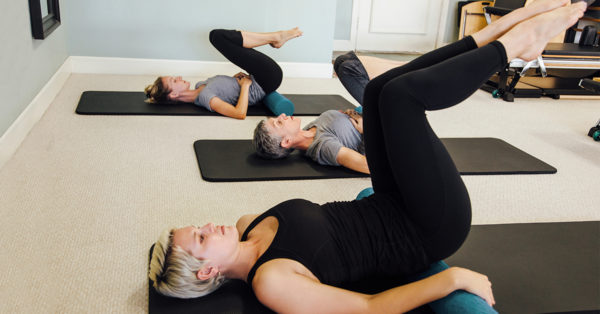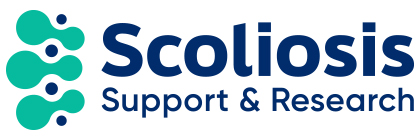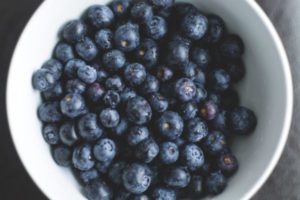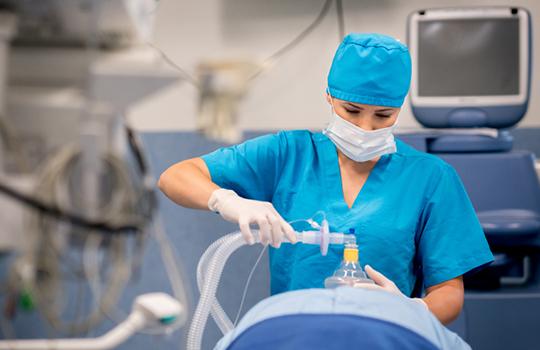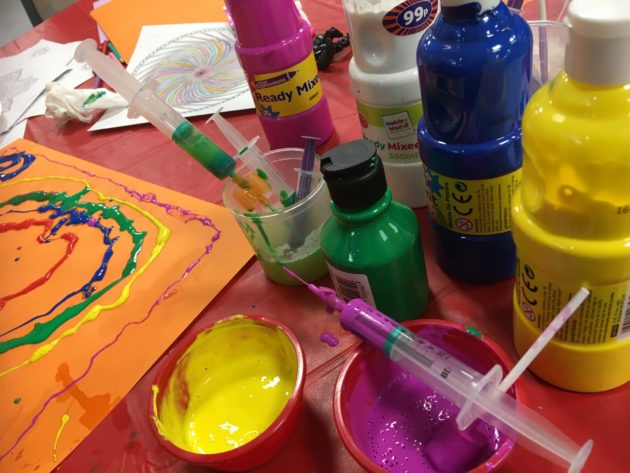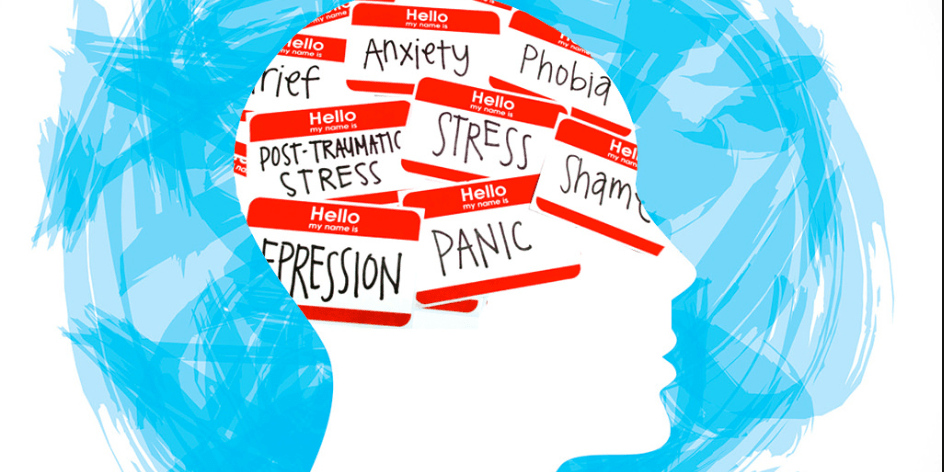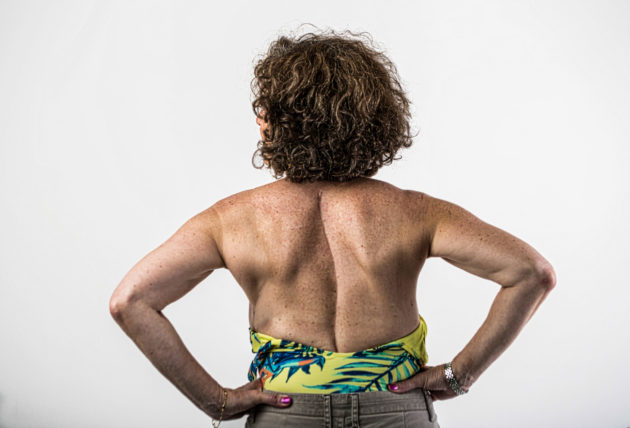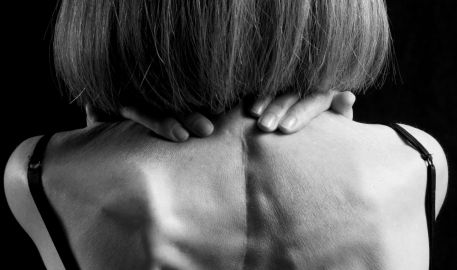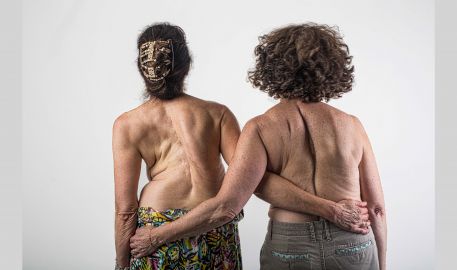What is Pilates? Pilates is a low-impact form of exercise that aims to strengthen muscles, especially the core (stomach and back muscles) to improve general fitness and wellbeing. Pilates has something to offer people of all ages and levels of ability and fitness. What are the benefits? Regular Pilates practice can help to improve posture, […]
